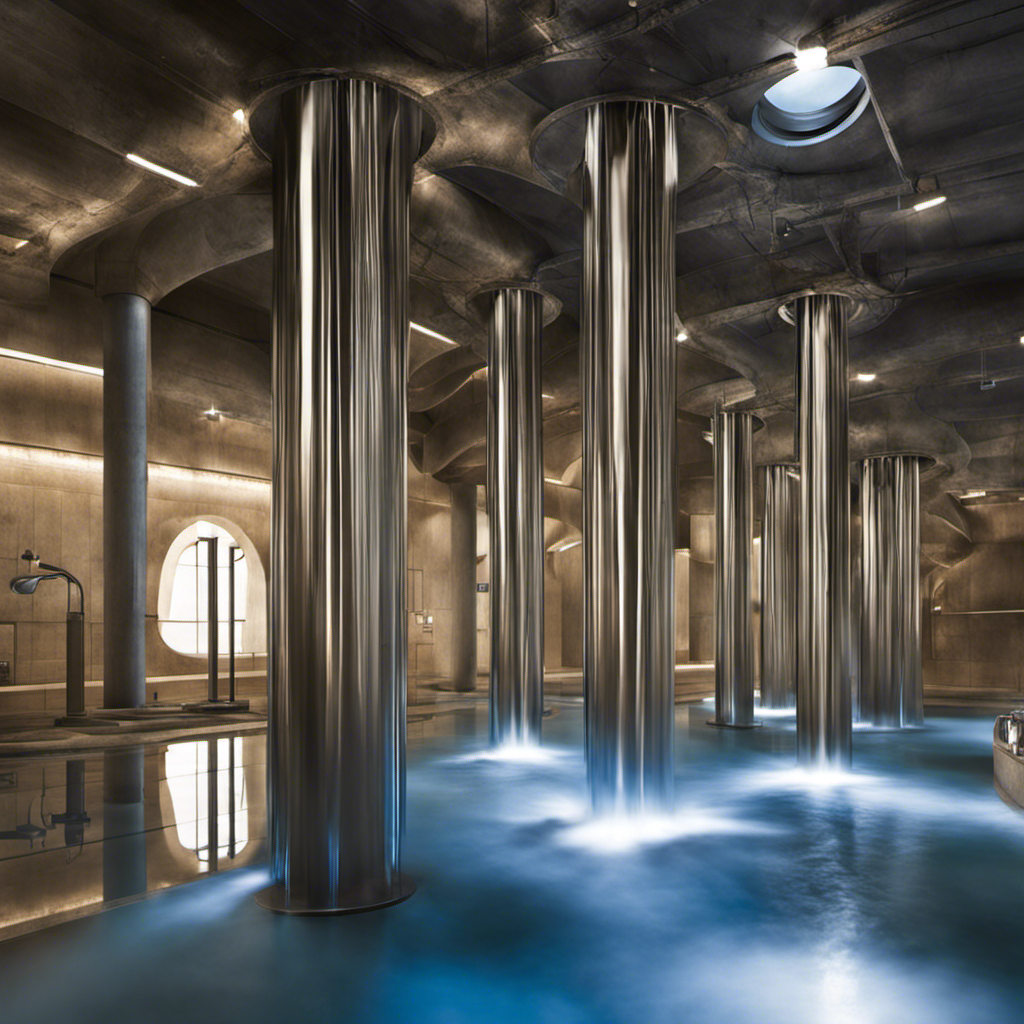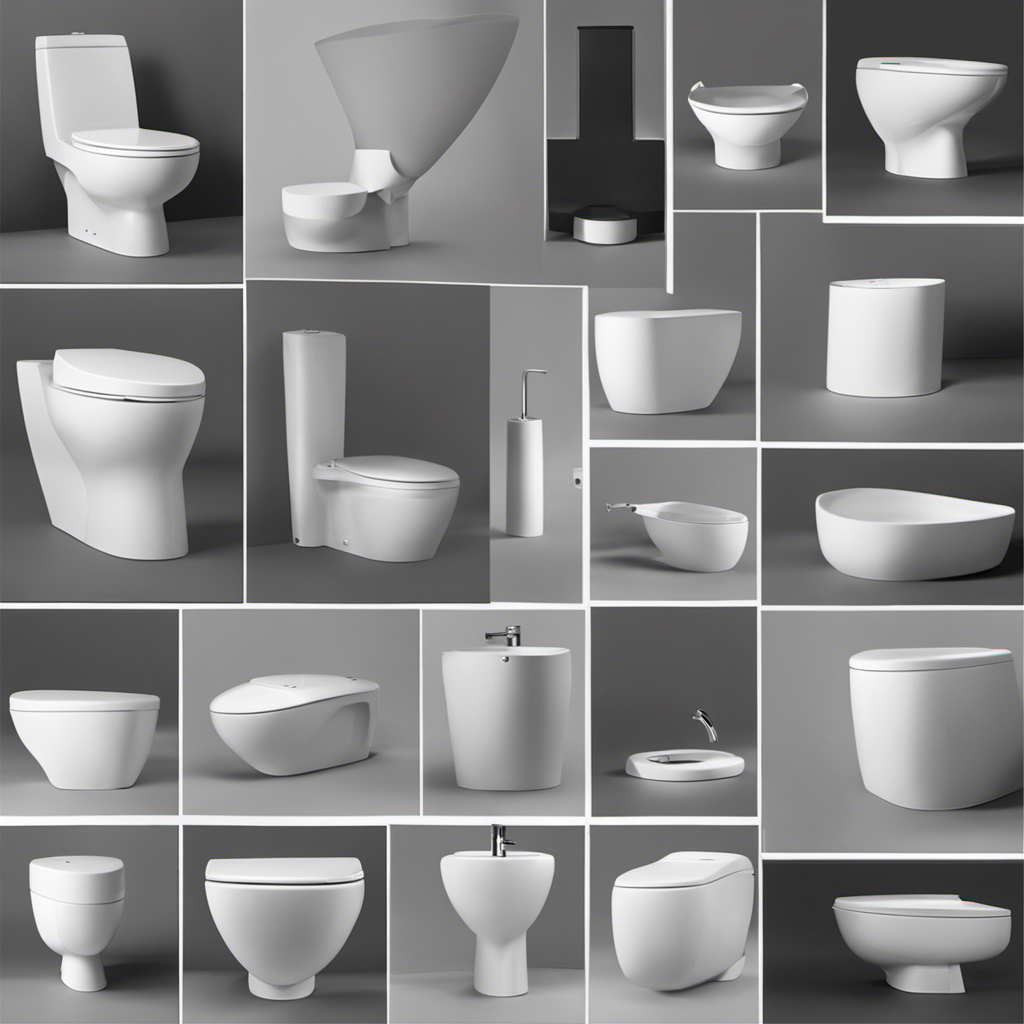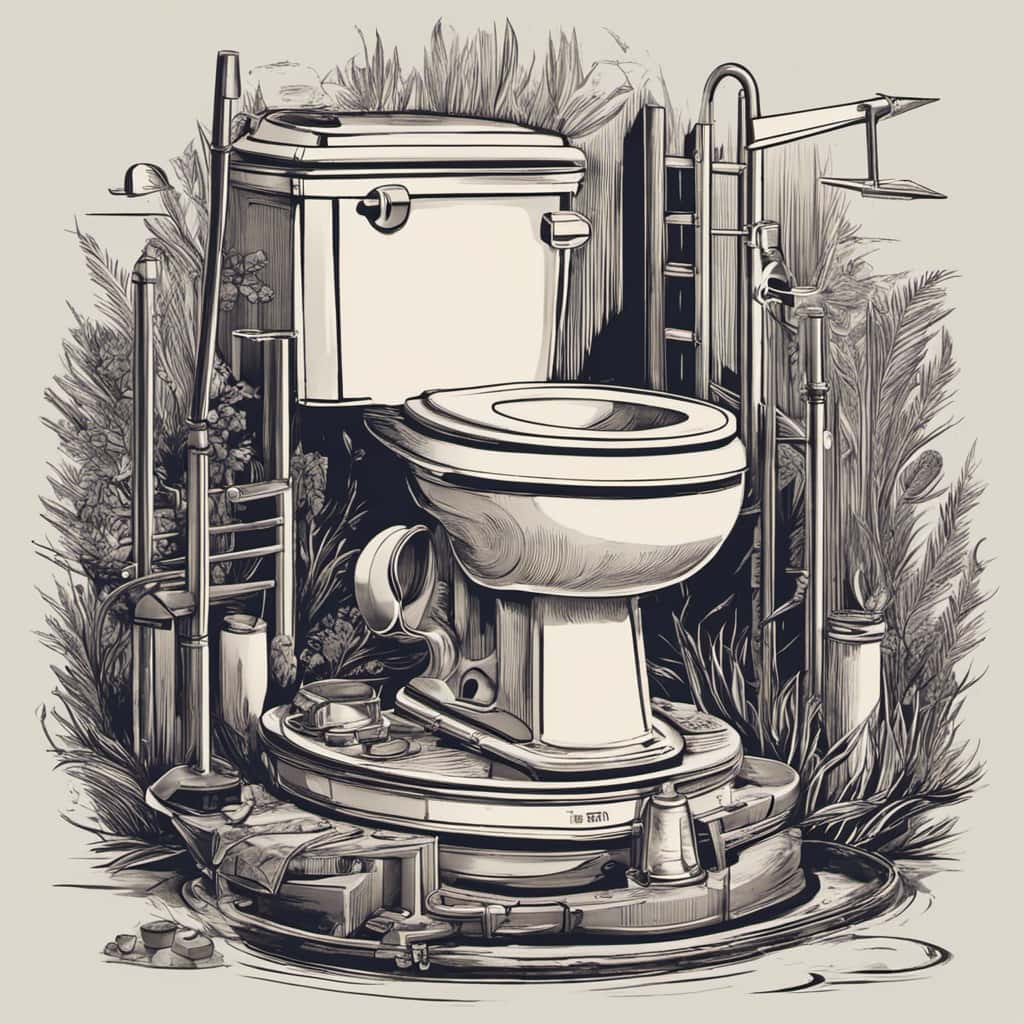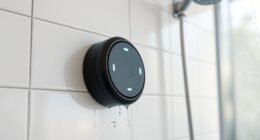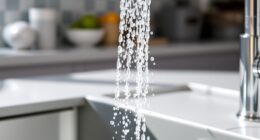Many people do not realize the complex journey that shower water takes from the drain to treatment. Some may argue that it is a simple process, but in reality, it involves a series of steps that ensure the water is properly cleaned before re-entering the water supply line.
From the drain, the water flows through the main drain pipe of the house, either leading to a septic tank or a water treatment plant.
In this article, we will explore the intricate pathway of shower water and shed light on the crucial steps involved in its treatment.
Key Takeaways
- Shower water is carried through drain pipes in both rural and urban areas.
- In rural areas, the water ends up in a septic tank, while in cities, it is transported to a water treatment plant.
- The drainage pathway of shower water involves a 2-inch PVC pipe connected to the main drain pipe of the house.
- Septic tanks allow the water to filter naturally and seep into the soil, decomposing organic materials, while water treatment plants follow specific steps to clean the wastewater.
Drainage Pathway of Shower Water
The shower drain in the bathroom is connected to a 2-inch PVC pipe, which then connects to the main drain pipe of the house. This drainage pathway is an essential part of sewage management and has a significant environmental impact.
The 2-inch PVC pipe efficiently carries the shower water to the main drain pipe, ensuring that it is properly disposed of. In urban areas, the main drain pipe transports the water to a water treatment plant. Here, the water undergoes a series of processes to remove contaminants and pollutants, ensuring that it is safe to be discharged back into the environment.
In rural areas, the main drain pipe leads to a septic tank where the water is naturally filtered and decomposed before being absorbed into the soil. Proper sewage management is crucial for minimizing the environmental impact and maintaining the cleanliness of our surroundings.
Water Drains
Connected to a 2-inch PVC pipe, the main drain pipe of the house transports the shower water. This pipe serves as the conduit for all the water that flows down the shower drain. It is an essential component of the house’s drainage system, ensuring that the shower water is properly directed and managed.
Drainage system maintenance: Regular maintenance of the drain pipe is crucial to prevent clogs and blockages. Routine cleaning and inspection can help identify any issues and ensure the smooth flow of water.
Stormwater management: While the main drain pipe primarily deals with shower water, it can also play a role in managing stormwater. In cases of heavy rainfall, excess water can be directed through the drain pipe to prevent flooding and water damage.
Proper installation and maintenance of the drain pipe are essential for efficient drainage and stormwater management, ensuring that the shower water is effectively transported and the overall drainage system functions optimally.
Septic Tanks
Wastewater from the house flows into the septic tank, where it undergoes natural filtration and decomposition processes. Septic tanks are an integral part of the waste management system in areas without a central drainage system.
Proper maintenance of septic tanks is crucial to ensure their optimal functioning and minimize their potential environmental impact. Regular inspection and pumping of the tank are recommended to prevent the buildup of solids and avoid the release of untreated wastewater into the surrounding environment.
Additionally, minimizing the use of harsh chemicals and avoiding the disposal of non-biodegradable substances down the drains can help preserve the natural balance within the septic tank. By following these maintenance tips, the environmental impact of septic tanks can be significantly reduced, supporting a healthier ecosystem.
Water Treatment Plant
Upon arrival at the plant, wastewater is first screened to remove solid materials. This is done to prevent any large objects or debris from entering the treatment process.
Once screened, the wastewater goes through a series of treatment methods to purify the water and remove harmful contaminants.
-
Coagulation and Flocculation: Chemicals are added to the water to help particles clump together and form larger, easier-to-remove solids.
-
Sedimentation: The water is then allowed to sit undisturbed so that gravity can cause the heavier solids to settle at the bottom.
-
Filtration: The water passes through various filters, such as sand or activated carbon, to remove smaller particles and impurities.
After these steps, the water undergoes disinfection, usually through the addition of chlorine or another disinfectant, to kill any remaining pathogens.
Additional Information
In rural areas, the septic tank system is considered an environmentally friendly option for managing household wastewater. One of the key benefits of septic tanks is their ability to effectively manage rainwater.
Rainwater that enters the septic tank is naturally filtered and treated before being absorbed into the surrounding soil. This process helps to prevent the overflow of rainwater into rivers or other bodies of water, reducing the risk of contamination.
Additionally, septic tanks have a minimal environmental impact compared to centralized wastewater treatment systems. They do not require the use of chemicals or large amounts of energy for treatment, and they promote the natural decomposition of organic materials.
Proper installation and maintenance of septic tanks are crucial to ensure their long-term effectiveness and minimize any potential negative environmental impacts.
Conclusion
In conclusion, the journey of shower water from drain to treatment is an intricate process that ensures the safe disposal and purification of wastewater.
As shower water is drained, it follows a specific pathway depending on the location. In rural areas, septic tanks play a crucial role in separating solids, fats, and fluids before the water is released into the drain field.
In urban areas, the water is transported to water treatment plants where a series of steps are taken to remove impurities and reintroduce the cleansed water back into the supply line.
This entire process, from drain to treatment, is vital for maintaining a clean and sustainable water supply. As the saying goes, ‘Every drop counts,’ and through effective drainage and treatment systems, we can ensure the conservation and preservation of this precious resource.
